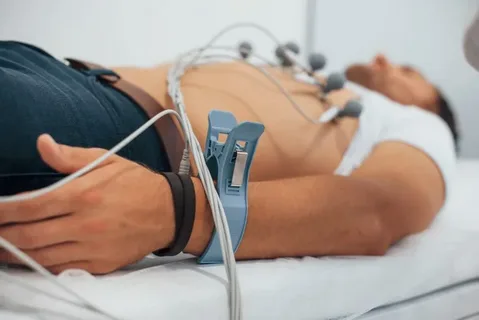27
ECG machines are only as good as their cables. Whether in telemetry, ambulatory care, or diagnostics, choosing high-quality ECG cables ensures accurate signal transmission and better patient outcomes.
Why Cable Quality Matters
Poor quality cables can result in:
- Signal interference
- Intermittent loss of readings
- Cross-channel artifacts
- Safety risks from exposed wiring
Types of ECG Cables
- Snap vs. Clip Cables: Snap leads are faster to apply; clips offer stronger retention.
- 3-, 5-, and 10-lead systems: Match your cable to your equipment setup.
- Trunk cables and leadwires: Know the difference. Trunks connect to the monitor; leadwires to the patient.
Key Considerations Before Buying
- ✅ Cable length: Longer isn’t always better
- ✅ Connector type: Must match monitor model
- ✅ Durability: Choose shielded and tangle-resistant materials
- ✅ Washability: Especially for reusable cables
Signs of Cable Failure
- Faint or noisy ECG traces
- Repeated electrode alarms
- Visible wear or corrosion
- Loose connections
Wrap-Up
Reliable ECG cables are vital in capturing clean, accurate heart signals. Always choose hospital-grade, tested components. For dependable ECG cable solutions tailored to your equipment, professionals rely on THE BIOMED GUYS.

